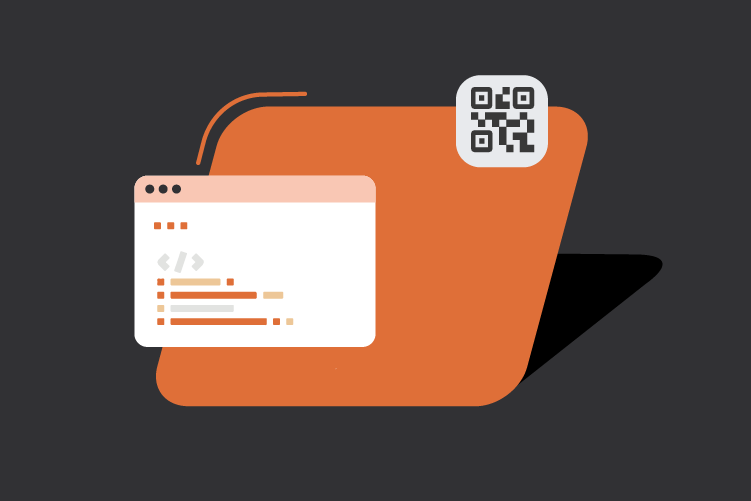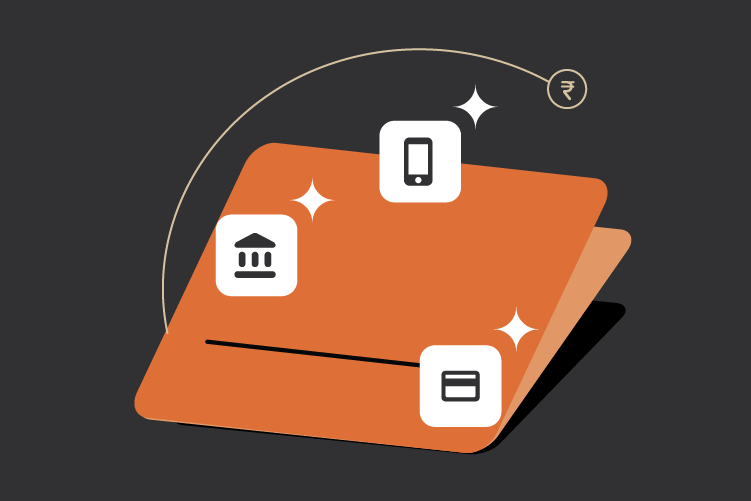In today’s digital era, efficient payment systems are crucial for businesses to thrive. The Unified Payments Interface (UPI) has emerged as a game-changer in India, offering a convenient, secure, and instant way to transfer funds. UPI APIs, in particular, have opened up new possibilities for businesses to integrate UPI functionality into their applications, streamlining operations and enhancing customer experience.
This article explains all about UPI, including, features, impact, UPI APIs, benefits of UPI APIs, implementation of UPI APIs, and use cases.
Understanding UPI
UPI is a real-time payment system that allows users to transfer funds between bank accounts instantly using their smartphones. It’s a single platform that interoperates with multiple banks, making it a seamless experience for users. UPI has gained immense popularity due to its ease of use, security, and wide acceptance among merchants.
Key features of UPI
- Instant transfers: Funds are transferred in real time, ensuring quick and efficient transactions.
- Interoperability: UPI works across multiple banks, providing a unified platform for payments.
- Virtual Payment Addresses (VPAs): Users can create VPAs for their bank accounts, making it easier to share payment details.
- Security: UPI employs robust security measures, including two-factor authentication and encryption, to protect user data.
The Impact of UPI on Indian Businesses
UPI has had a transformative impact on Indian businesses across various sectors. Here are some key areas where UPI has made a significant difference:
- E-commerce: UPI has fueled the growth of e-commerce in India by providing a convenient and secure payment option for online shoppers.
- Retail: Brick-and-mortar stores have benefited from UPI by offering contactless payments, reducing the risk of fraud, and improving customer satisfaction.
- Bill payments: UPI has simplified paying bills for utility services, telecom providers, and other recurring expenses.
- Peer-to-peer transfers: UPI has made it easy for individuals to send money to friends and family without the need for cash or bank transfers.
- Government services: Many government departments have adopted UPI for collecting taxes, fees, and other payments, improving efficiency and transparency.
What are UPI APIs?
UPI APIs are programming interfaces that allow businesses to integrate UPI functionality into their applications. These APIs provide developers with the tools to create custom payment solutions, such as mobile apps, websites, and point-of-sale systems. By using UPI APIs, businesses can offer their customers a seamless and secure payment experience.
Key benefits of using UPI APIs
- Enhanced customer experience: UPI APIs enable businesses to provide a more convenient and secure payment experience for their customers.
- Increased efficiency: UPI APIs can automate payment processes, reducing manual errors and improving operational efficiency.
- Reduced costs: UPI APIs can help businesses reduce transaction costs and improve their bottom line of profit & loss statement.
- Scalability: UPI APIs can handle large volumes of transactions, making them suitable for businesses of all sizes.
How to Implement UPI APIs?
Implementing UPI APIs involves several steps:
- Choose a UPI API provider: There are multiple UPI API providers available in the market, each with its own features and pricing. Consider factors such as reliability, security, and ease of integration when selecting a provider.
- Obtain necessary permissions: Businesses need to obtain the required permissions from their banks or payment gateways to use UPI APIs. This typically involves completing a registration process and providing the necessary documentation.
- Integrate the API: The API provider will provide documentation and code samples to help developers integrate the UPI functionality into their applications.
- Test and optimize: Users should thoroughly test the UPI integration to ensure it works as expected and optimize the user experience.
Use Cases of UPI APIs
UPI APIs can be used in a variety of business scenarios to streamline operations and enhance customer experience. Here are some common use cases:
- E-commerce: UPI APIs can be used to create a seamless checkout experience for online shoppers, allowing them to complete their purchases with just a few clicks.
- Subscription-based businesses: Businesses can automate recurring payments for subscriptions using UPI APIs, ensuring timely and hassle-free collections.
- Bill payments: UPI APIs can be integrated into mobile apps or websites to allow customers to pay bills conveniently and securely.
- Peer-to-peer transfers: UPI APIs can be used to enable peer-to-peer money transfers within a business’s ecosystem, such as between employees or customers.
- Point-of-sale systems: UPI APIs can be integrated into POS systems to offer customers a contactless payment option.
How to choose a UPI API provider?
When selecting a UPI API provider, businesses should consider players like Zwitch, which offers:
- Security: Businesses must look for security offered to protect customer data and prevent fraud.
- Interoperability: Ensure that the UPI API provider you choose is compatible with your existing systems and infrastructure.
- Regulatory compliance: The API provider must adhere to all relevant regulations and guidelines related to UPI payments and data protection.
- Technical support: The UPI API provider must provide technical assistance throughout the implementation.
UPI APIs have the potential to revolutionize the way businesses handle payments in India. By leveraging the benefits of UPI, businesses can improve their efficiency, enhance customer experience, and stay competitive in the digital age. As UPI continues to evolve and expand its reach, businesses should explore the opportunities that UPI APIs present to drive growth and success.
Interested in our APIs? Let’s talk!
Tell us your automation goals, and we’ll set you up with a free, personalized demo from our API expert.
Click HereFrequently Asked Questions (FAQs)
What is UPI?
UPI is a real-time payment system that allows users to transfer funds between bank accounts instantly using their smartphones.
What is a VPA?
A VPA (Virtual Payment Address) is a unique identifier associated with a user’s bank account, making it easier to share payment details.
How do UPI APIs work?
UPI APIs provide businesses with the tools to integrate UPI functionality into their applications, allowing customers to make secure and convenient payments.
What are the benefits of using UPI APIs?
Using UPI APIs can enhance customer experience, increase efficiency, reduce costs, and improve scalability.
What are some common use cases of UPI APIs?
Common use cases include e-commerce, subscription-based businesses, bill payments, peer-to-peer transfers, and point-of-sale systems.



0 Comments